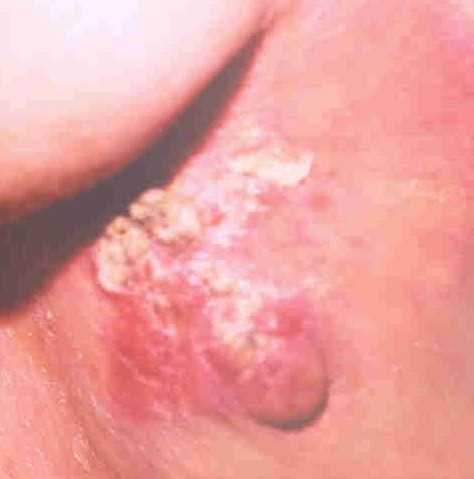It is hard to think that there is any adult who hasn’t had either magnetic resonance imaging (MRI) or computed tomography (CT) or both. They are complementary imaging technologies and each has advantages and limitations for particular indications.
CT is more widely used than MRI in some countries. That raises concern about the potential for CT to contribute to radiation-induced cancer. In 2007, it was estimated that 0.4 per cent of current cancers in the United States were due to CTs performed in the past. It is also estimated that in the future this figure may rise to two per cent based on historical rates of CT usage.
CT scans have many benefits that outweigh this small potential risk. Newer, faster machines and techniques require less radiation than was previously used. Still, CT is contraindicated in pregnancy.
Compare that to MRI. An advantage of MRI is that no ionizing radiation is used. MRI is recommended over CT when either approach could yield the same diagnostic information. Unfortunately, there are not many common imaging scenarios in which MRI can simply replace CT.
Although MRI can detect health problems or confirm a diagnosis, it is interesting to note that medical societies often recommend that MRI not be the first procedure for diagnosis and treatment.
CT images provide more detailed information. A CT scan combines a series of X-ray images taken from different angles and uses computer processing to create cross-sectional images, or slices, of the bones, blood vessels and soft tissues inside a body.
A CT is well suited to quickly examine people who may have internal injuries from car accidents or other types of trauma. A CT scan can be used to visualize nearly all parts of the body and is used to diagnose disease or injury as well as to plan medical, surgical or radiation treatment.
MRI scanners use magnetic fields and radio waves to form images of the body. The technique is widely used in hospitals for medical diagnosis, staging of disease and for follow-up without exposure to ionizing radiation. In certain cases MRI is not preferred as it can be more expensive, time-consuming, and claustrophobic.
To summarize, indications of doing CT scan and MRI scan are pretty similar. There is a small radiation exposure in CT compared to none in MRI. CT is slightly cheaper to do. It takes less time than MRI, especially beneficial for claustrophobic patients and time utilization in the radiology department. If you are claustrophobic then ask for a mild sedation and enjoy the ride.
Start reading the preview of my book A Doctor's Journey for free on Amazon. Available on Kindle for $2.99!



